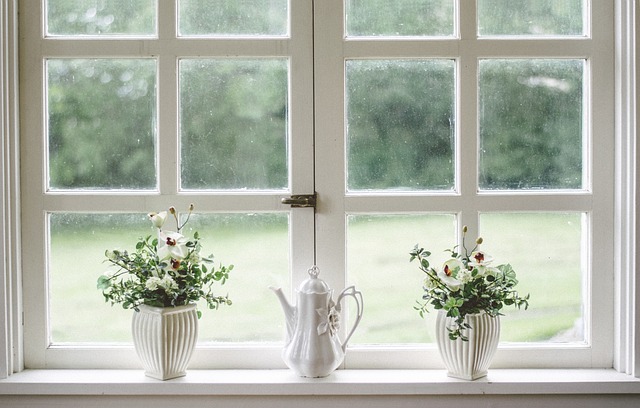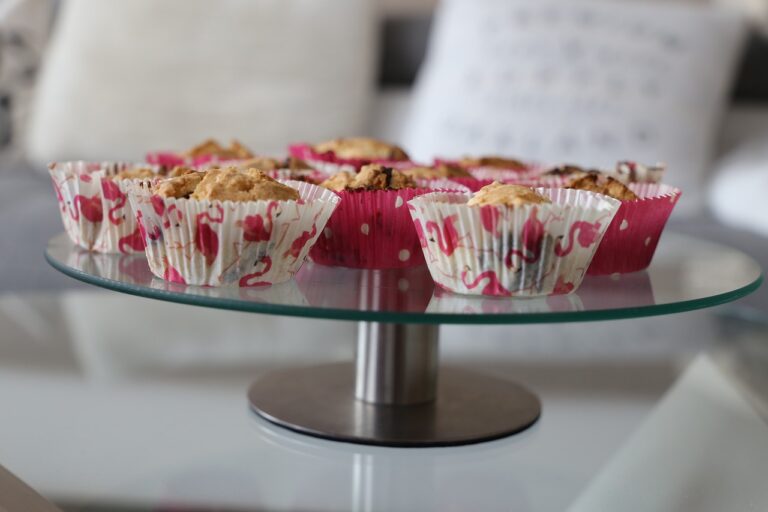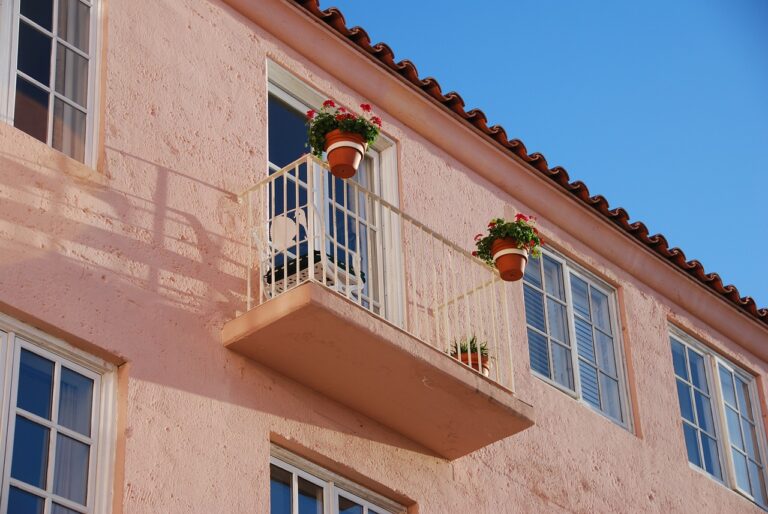Designing Accessible Outdoor Seating Areas: Making Outdoor Spaces Comfortable and Inclusive for Everyone
When designing outdoor seating areas, one important consideration is the layout. It’s essential to plan the arrangement of seating options in a way that maximizes space usage and promotes interaction among users. Whether you opt for a centralized seating arrangement or scattered seating clusters, the layout should cater to the specific needs and preferences of your target users.
Another key consideration is the integration of natural elements. Incorporating greenery, such as plants and trees, can enhance the overall ambiance of the seating area, providing shade and a sense of tranquility. Natural elements not only contribute to the aesthetic appeal but also help create a relaxing environment for users to unwind and enjoy the outdoor space.
Consider the layout of seating options to maximize space usage and promote interaction
Choose between centralized seating arrangement or scattered seating clusters based on user needs
Incorporate natural elements like plants and trees for shade and tranquility
Greenery enhances ambiance and creates a relaxing environment for users
Understanding the Needs of Different User Groups
When designing outdoor seating areas, it is essential to consider the diverse needs of various user groups. Families with children require seating arrangements that provide safety and ample space for strollers or play areas. In contrast, older adults may prefer seating options with proper back support and easy accessibility to amenities such as restrooms or shade.
Additionally, considering the needs of individuals with disabilities is crucial in creating inclusive outdoor spaces. Integration of features such as ramps for wheelchair access, designated seating areas with sufficient legroom, and sensory-friendly design elements can enhance the overall experience for users with diverse abilities. By understanding and accommodating the unique requirements of different user groups, designers can create outdoor seating areas that are welcoming and functional for all.
Choosing the Right Materials for Durability and Comfort
When it comes to designing outdoor seating areas, selecting the right materials is crucial to ensure durability and comfort for users. One key consideration is to choose materials that are weather-resistant and can withstand outdoor elements such as rain, sun exposure, and fluctuations in temperature. Opting for high-quality materials like teak wood, aluminum, or polyethylene wicker can help prevent damage and prolong the lifespan of outdoor furniture.
In addition to durability, comfort is another important factor to take into account when selecting materials for outdoor seating areas. Choosing cushioning and upholstery fabrics that are fade-resistant, quick-drying, and easy to clean can enhance the comfort and usability of outdoor furniture. Breathable materials like mesh or acrylic fabrics are ideal for outdoor cushions as they allow air circulation and prevent moisture build-up, ensuring a pleasant seating experience for users.
What are some key considerations for designing an outdoor seating area?
Some key considerations include the location of the seating area, the climate it will be exposed to, the expected foot traffic, and the desired aesthetic.
How important is it to understand the needs of different user groups when designing an outdoor seating area?
Understanding the needs of different user groups is crucial in order to create a space that is comfortable and functional for all. This includes considering factors such as accessibility, comfort, and safety.
How can I choose the right materials for durability and comfort in an outdoor seating area?
When choosing materials for an outdoor seating area, it is important to consider factors such as weather resistance, ease of maintenance, and comfort. Materials like teak, aluminum, and weather-resistant fabrics are popular choices for their durability and comfort.
Are there any specific materials I should avoid when designing an outdoor seating area?
It is best to avoid materials that are not weather-resistant or prone to fading, such as untreated wood or low-quality fabrics. These materials are more likely to deteriorate quickly and require frequent maintenance.







